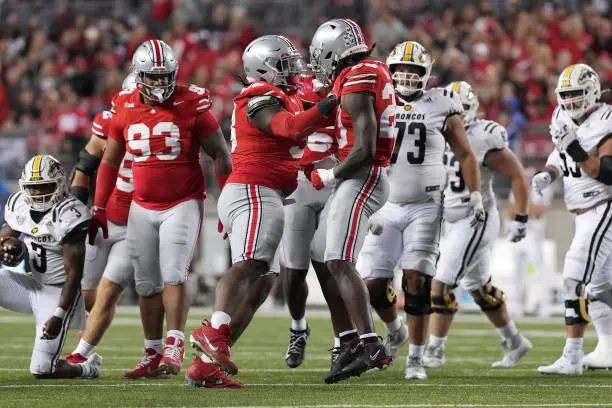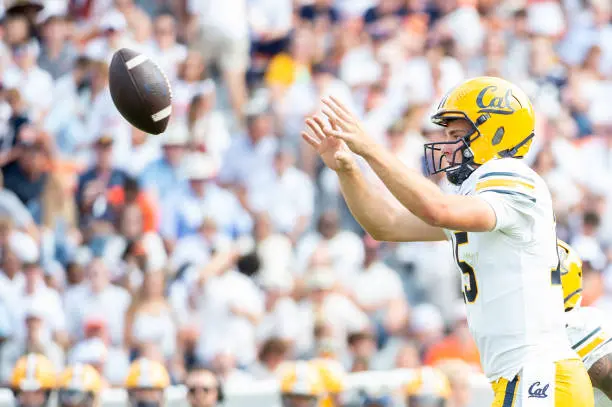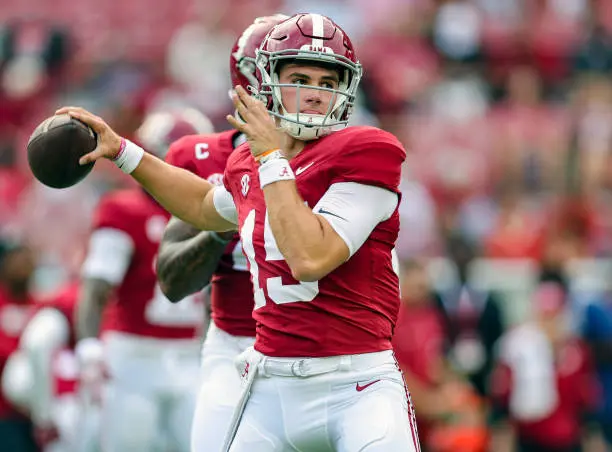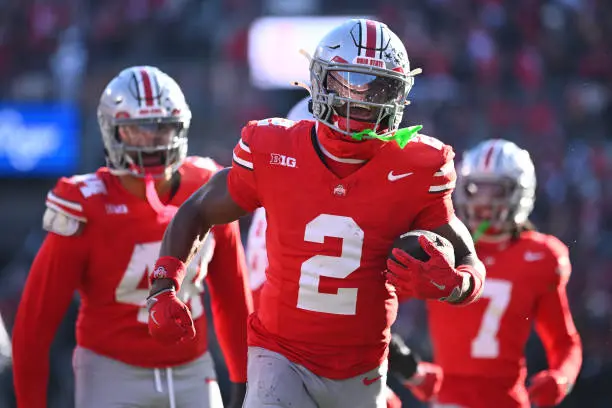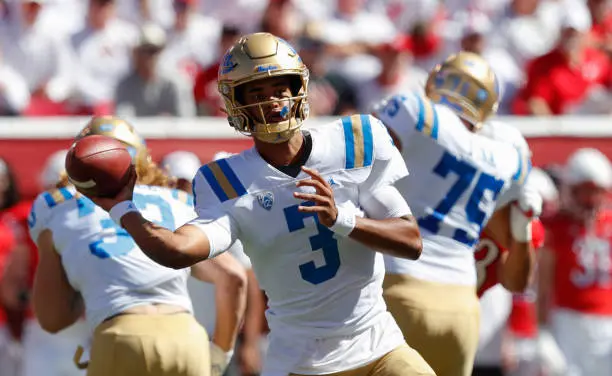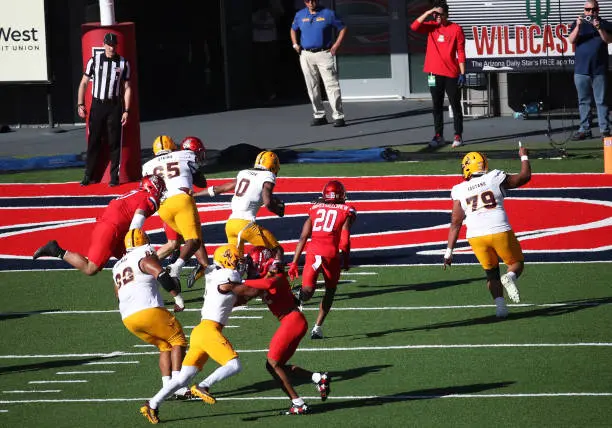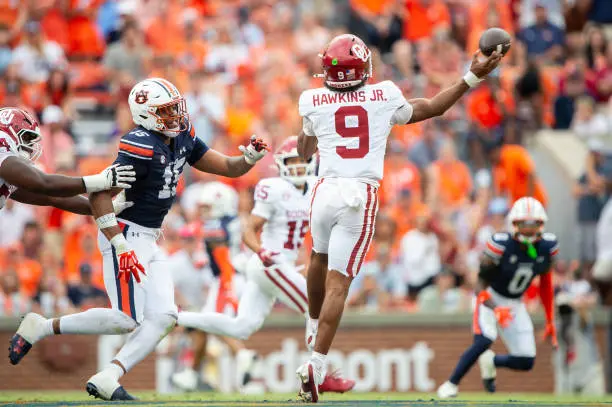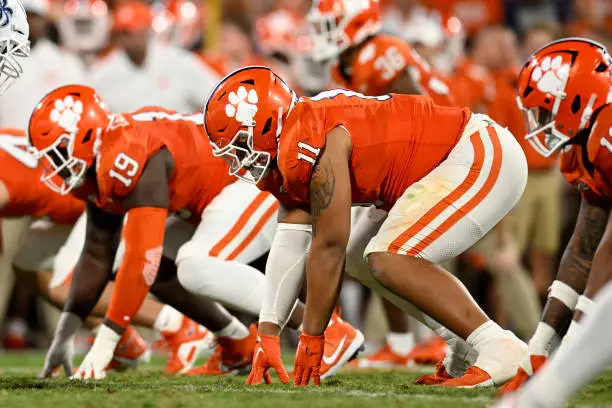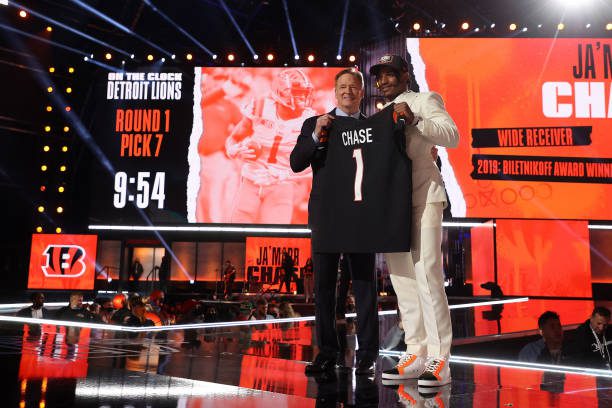
Value Over Need: The Best Draft Strategy
First Round Mock’s John Fahmy takes a look at one of the hottest questions surrounding draft day.

The 2023 NFL Draft is here! This is time of year when roster management and draft strategy become heavily discussed.
I firmly believe that teams should prioritize drafting for value over need. They should draft with the distant future in mind.
Value of rookie contracts
First and foremost, it’s important to establish that rookie contracts are extremely cheap compared to second contracts and beyond. The last three number one overall pick quarterbacks (Trevor Lawrence, Joe Burrow, and Kyler Murray) calculate at about $9.11 million average salary per year (APY) on their rookie contracts.
To contextualize this, the highest-paid quarterback in the NFL is currently the Eagles’ Jalen Hurts. His contract provides him with a whopping $51 million APY.
Without question, the best financial situation for a competing team is to have a quarterback providing elite play while on their rookie contract. This gives them flexibility to acquire other quality players and build the best roster possible.
Taking this into consideration, the same concept can be applied to other positions. At priority positions such as offensive tackle, edge rusher, or wide receiver, using draft picks with cheap deals proves to be extremely valuable.
For a perfect example, look no further than the Cincinnati Bengals’ 2021 first-round pick, wide receiver Ja’Marr Chase. Chase’s cap hit on his rookie season, as the No. 12 pick, was about $5.6 million. For a wide receiver providing elite play and being a major factor to their deep playoff run, this proved to be an incredible deal for Cincinnati.
This is especially true when comparing this cap figure to that of other elite-caliber wide receivers.
Essentially, quality play at an expensive position on a rookie contract is the most ideal situation for any team. It is for this reason why drafting well is vital to a team’s long-term sustained success.
What does this mean for teams in the draft?

Based on what we have established, rather than drafting to fill holes, teams should target talented players at these priority positions. It is poor roster management to pass up a talented player at a priority (expensive) position, just to address a need on the roster.
Filling holes should be done in free agency or through other player acquisition methods. I believe the draft should focus on selecting the highest value player available. I maintain that even if that position may not be a burning need for that team.
Selecting a high-value player at a position of need is the most ideal situation, however.
The case against running backs in the draft
Logically, this means avoiding running backs early in the draft. Running backs are far and away the most replaceable position, and this has been proven time and time again. A perfect example of a first-round running back pick that was less than ideal was the Kansas City Chiefs’ selection of Clyde Edwards-Helaire, with the No. 32 pick in the 2020 NFL Draft. Edwards-Helaire’s cap hit in 2023 will be $3.4 million. Meanwhile, the average annual salary of a running back in the NFL hovers around $300,000 annually. To further solidify this case, Edwards-Helaire was objectively outplayed by Jaguars’ undrafted free agent (UDFA) running back James Robinson that year, while using a fraction of the cap space Edwards-Helaire was.
Rather than spend that cap space on a running back, Kansas City would have been better off selecting any other position. That would have been the case even if that position may not have been a particular need. It would have been far better for them in that scenario to even take an offensive lineman to add depth. It would also have been better for the Chiefs to take a rotational defensive player. They could have addressed the running back position with a free agent or UDFA.
Bottom line
At the end of the day, NFL teams should be drafting value over need. Signing a veteran wide receiver on a one-year deal should not stop a team from drafting a player at that position. Similar logic can be applied across the board.
Teams are built through the draft. So let’s stop drafting for need, and instead select players who will contribute value over the long term.
John Fahmy is a NFL Draft and film evaluation fanatic who currently writes for FirstRoundMock.com An aspiring player personnel executive and avid writer, John has written dozens of scouting reports on NFL Draft prospects over the years and formed a few connections within the NFL and NCAA. He always loves to learn more about the game of football and its Xs and Os, with a focus on pass coverage on the defensive side of the ball.
Featured Articles
Hurricanes’ Rueben Bain Jr. Gets Into the Quarterback’s Head
Reading Time: 3 minutesWatch nine games of University of Miami defender Rueben Bain Jr. during the 2024 season embedded into this article.
Ohio State Linebacker Arvell Reese Disappointing 2024 Game Film
Reading Time: 3 minutesWatch 16 games of Ohio State linebacker Arvell Reese during the 2024 season embedded into this article.
New Indiana QB Fernando Mendoza Too Inconsistent at CAL
Reading Time: 3 minutesWatch 11 games of Indiana transfer QB Fernando Mendoza from the 2024 season when he played for CAL embedded into this article.
Ty Simpson Progressed on his 2022, 2023, and 2024 Game Film
Reading Time: 3 minutesWatch Alabama quarterback Ty Simpson in 15 games over the span of the 2022, 2023 and 2024 seasons embedded into this article.
Ohio State Safety Caleb Downs has Once-in-a-Lifetime Speed
Reading Time: 3 minutesWatch 16 games of Ohio State safety Caleb Downs during the 2024 season embedded into this article.
QB Dante Moore Has Tunnel Vision
Reading Time: 3 minutesWatch QB Dante Moore in 13 games during the 2023 and 2024 seasons when he played for UCLA and Oregon embedded into this article.
Wide Receiver Jordyn Tyson Keeps the Offense Moving
Reading Time: 3 minutesWatch 12 games of ASU wide receiver Jordyn Tyson during the 2024 season embedded in this article.
Auburn Defender Keldric Faulk Springs Into the Pocket
Reading Time: 3 minutesWatch Auburn defender Keldric Faulk in 10 games during the 2024 season embedded into this article.
Utah Right Tackle Spencer Fano is Dominant
Reading Time: 3 minutesWatch 12 games of Utah right tackle Spencer Fano during the 2024 season embedded into this article.
Peter Woods Proves to be a Real Handful
Reading Time: 3 minutesWatch Clemson defensive lineman Peter Woods in 11 games during the 2024 season embedded into this article.


